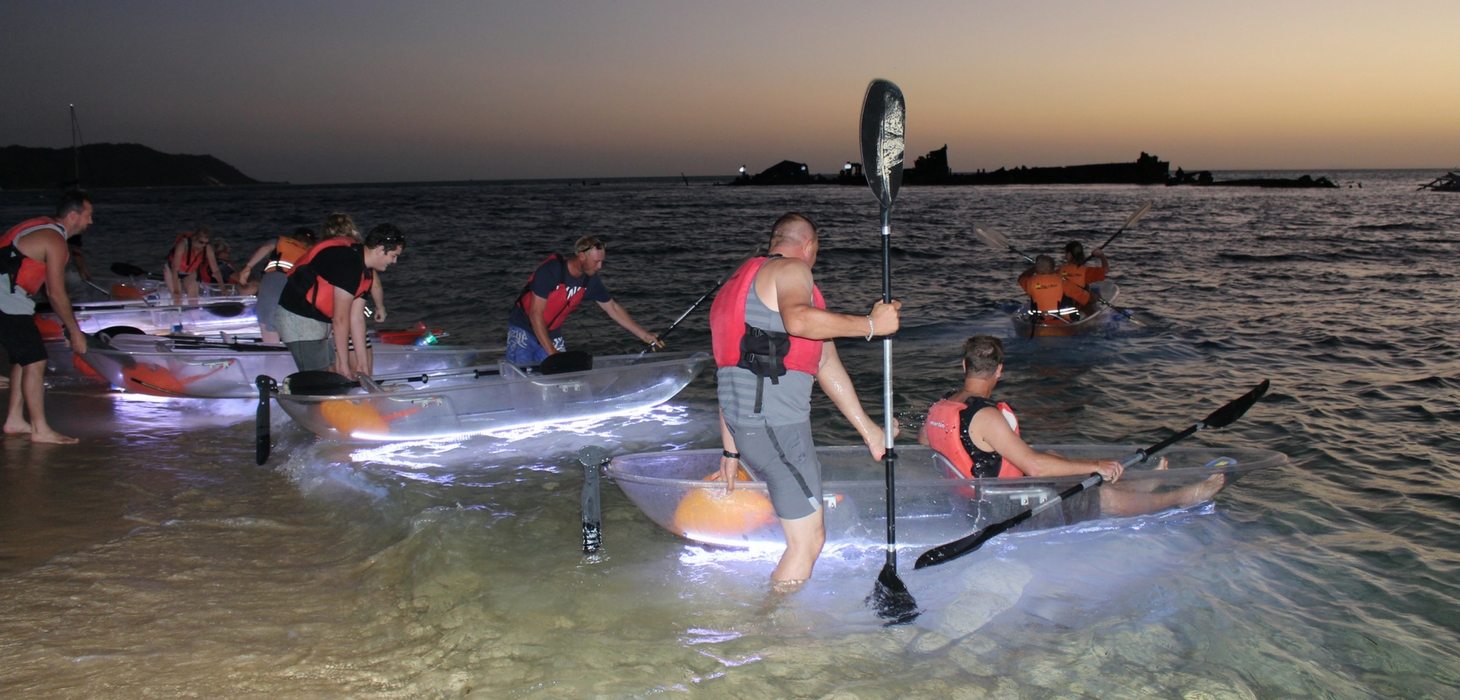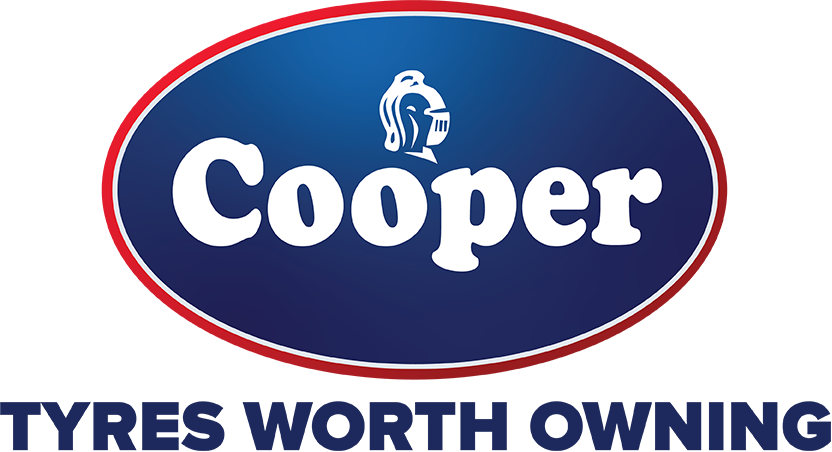Planning your 2018 Getaway

See-through Kayaking on Moreton Island
Planning a holiday in 2018 can be a stressful ordeal for you and your family, however, planning is absolutely necessary to ensure that everything is smooth sailing once you get on the road. In this article, we’ll map out our top destinations, planning considerations and tyre tips for your ultimate road trip, whether that be by car, SUV or 4WD.
Shortcuts:
Getaway Destinations – Car or SUV
Planning Considerations – General Packing List
Planning Considerations – Vehicle Preparation Checklist
Types of getaway destinations
2018 Getaway Destinations in a car or SUV
When you’re getting away via car, it’s always best to plan just a day trip. While the luxury of travelling around for a weekend or longer might be tempting, it’s better to start small and build your way up! Ensure that you and your family are always on talking terms by keeping car trips short so you don’t have to resort to “the wheels on the bus” style singing.
Our top day trip getaways less than one day from a capital city:
-
- Brisbane: Rainbow Beach (3 hour drive)
-
- Sydney: Jervis Bay (3 hour drive)
-
- Melbourne: Torquay (1.5 hour drive)
-
- Northern Territory: Litchfield National Park (1.5 hour drive)
-
- Adelaide: Burra and the Clare Valley (2 hour drive)
-
- Perth: Freemantle (30 min drive)
-
- Canberra: Braidwood (just over 1 hour drive)
-
- Hobart: Port Arthur (1.5 hour drive)
2018 Getaway destinations in a 4WD
When you own a four wheel drive, the whole world of 4wd trips opens up to you. With countless options and possibilities, it’s hard to pin down just a few locations.
LANDCRUISER MOUNTAIN PARK, QUEENSLAND (Approx. 2 Hours from Brisbane)
This 4WD park is 10,000 acres of 4WD tracks, campgrounds and natural attractions. Family-friendly and dog-friendly, it’s a great place to sharpen your 4WD skills (there’s over 200km of tracks with varying degrees of difficulty for you to try out) or to relax in the sunshine while freshwater fishing.

Image courtesy of: landcruisermountainpark.com.au
THE BRINDABELLAS, NEW SOUTH WALES
(Approx. 4 Hours from Sydney)
A mere hour west of Canberra, the historic McIntyre’s Hut in the Brindabellas is perfect for a 4WDing weekend. There are plenty of tracks in this mountainous area to keep you entertained, whether you are looking for an easy bit of scenic driving or some serious ruts and jolts to put your 4WD through its paces. Camp beneath the eucalypts by the Goodradigbee River and throw in a line or watch the kangaroos and wallabies come out at dusk.

Image courtesy of: Aussie Towns
SHEEPYARD FLAT, VICTORIAN HIGH COUNTRY (Approx. 3.5 Hours from Melbourne)
If a relaxing weekend in the high country by a mountain river is your cup of tea, Sheepyard Flat is smack on the crystal clear waters of the Howqua River, which is great for fishing during the trout season and swimming during the warmer months. The campground occupies a beautiful spot under tall river gums and green grass, and there are some really nice walks along the river including one to Fry’s Hut.

Image courtesy of: Hema Maps
LANCELIN, WESTERN AUSTRALIA (Approx. 1.5 Hours from Perth)
Drive north from Perth and you’ll reach Lancelin in less than two hours. This is a great place to do some serious sand dune driving and is very popular with off-road vehicles including motorbikes and buggies. Just be sure to air down your tyres and bring recovery gear, as the dunes can be very soft and getting bogged is nothing unusual here. The dunes can be dangerous if you aren’t an experienced 4WDer; it always pays to check if it’s too steep to avoid accidents and rollovers.

Image courtesy of: Around You
GOOLWA, SOUTH AUSTRALIA (Approx. 1.5 Hours from Adelaide)
If you like a bit of beach driving, Goolwa is less than two hours from Adelaide and offers both salt and freshwater fishing. Drive along the beach to the Murray Mouth for some surf fishing but watch out for super soft sand and make sure you air down your tyres. If you’re keen on staying behind the wheel, you can also drive Deep Creek Conservation Park’s Boat Harbour Track, Blow Hole Beach Track and Blackhouse Track.

Image courtesy of: South Australia
Iconic Destinations
For the more adventurous Four Wheel Driver, you may want to tackle some iconic four-wheel driving destinations. In Australia, we have plenty of those! Check out our favourite Iconic Destinations here.
Planning Considerations
General Packing List:
Click here to download the packing list.
-
- Snacks for kids
-
- First aid kit
-
- Car entertainment for the whole family: games, portable DVD player, audiobooks etc.
-
- Swimming and play gear: Swimmers, towel, sunscreen, floaties and noodles
-
- Camera and travel journal
-
- Tyre repair kit: and a plan. Check out this How To on tyre repair in remote areas.
-
- Tent or swags: good quality, preferably lightweight
-
- Fridge or esky
-
- Cooking gear and cutlery
-
- Vehicle recover kit
-
- Water
-
- Food – Bring food for twice the amount of time you are planning on being away.
-
- Personal items – This includes toilet paper, anti- microbial hand cleaner, etc
-
- Sun block
-
- Wet weather gear
-
- Communication devices – Cell Phone, UHF Radio (HF radios, Satphones if remote)
-
- Power inverter if necessary (e.g. Cell phone recharger, battery recharger for communication devices and camera)
-
- Rubbish bags
-
- Maps, information about the area
-
- Compass or GPS
-
- Extra clothing
-
- Warm outer layers (jacket, wind breaker)
-
- Head gear (warm hat, hooded jacket)
-
- Emergency blanket (compact survival type)
-
- Insect repellent
-
- Sunglasses
-
- Spare Tyre, workable tyre changing equipment
-
- Recovery equipment (at a minimum snatch strap or maxtrax)
-
- Basic Tool Kit
-
- Spare Key for vehicle
-
- Safety Glasses
-
- Leather Gloves
-
- Fire Extinguisher – Should be mounted in the vehicle in an easily accessible location
-
- Tarp
-
- Flashlights
-
- Matches / lighter
-
- Duct Tape
-
- Backpack
-
- Paper towels
-
- Folding chairs
-
- Flip flops (thongs) or swimming shoes (no bare feet)
-
- Hat
-
- Hiking shoes
-
- Binoculars
-
- Bottle opener
-
- Pocket knife
Vehicle prep checklist:
Click here to download the vehicle prep list.
-
- Check wheel bearings
-
- Check suspension, springs, coils, shocks
-
- Replace all oils, filters and air filter
-
- Check engine oil
-
- Check transmission oil
-
- Check brake fluid
-
- Check radiator coolant
-
- Check windshield wiper fluid
-
- Check radiator and hoses for leaks
-
- Check brake pads and fluid level
-
- Check battery levels and ensure electrical system is 100%
-
- Check wiper blades front (and back if you have them)
-
- Check your tyres, pressure and if you have the space consider a second spare
-
- Check your jack and wheel brace
-
- Check spotlights or driving lights for proper function and aim
-
- If you’re towing with an auto you may want to consider fitting a transmission cooler
-
- If you are operating in dusty conditions or are expecting water crossings consider a snorkel
-
- Check first aid kit
-
- Check fan belts
-
- Check hoses
-
- Check air filter
-
- Check seat belts
-
- Check for tyre wear or damage
-
- Check and tighten lug bolts
-
- Check for frame cracks – chassis
-
- Check for loose bolts or nuts throughout vehicle
-
- Check Winch for proper operation, check winch cable for kinks, frays or damage, straighten winch cable if necessary
-
- Check equipment and supplies
Tyre Check Tips:
Click here to download our tyre check tips.
TYRE PRESSURES
Checking your tyre pressures is easily one of the most important things you need to do before a trip. Failure to maintain correct pressures may result in uneven wear, improper vehicle handing, and excessive heat build-up which could result in tyre failure.
-
- Over-inflation: If your tyres are over-inflated they could be damaged more easily when driving over potholes or debris on the road. Over inflation also causes tyres to wear in the centre of the tyre’s tread which will reduce the tread life. Over-inflated tyres will also give you a much harsher ride.
-
- Under-inflation: If your vehicle’s tyres are under-inflated, it could lead to tyre damage from overheating. Additionally, the tyre’s tread life could be reduced significantly with tyres wearing more on the outside shoulders. Lower inflation pressure allows the tyre to flex more as it rolls causing internal heat.
-
- What to do: You should check your tyres’ pressures before your getaway, and each morning you drive during a trip. Ideally, tyre pressure should be measured when tyres are cold – before doing any driving on the tyres. Otherwise, your tyres may have heated up, increasing the air pressure inside them by several pounds per square inch (PSI). This is normal and as a rule never reduce the air pressure from a hot tyre, since this could result in under-inflation one the tyre cools down. Only reduce air pressure from a hot tyre when you need to lower pressures to drive on a particular terrain, but remember to re-inflate your tyres when you reach your destination, or return to terrain that requires higher pressures.
CHECK YOUR TREAD DEPTH
More tread means more mileage. More tread also gives you shorter braking distances, which is essential for sudden conditions changes, or wet conditions. Although 1.6mm of tread depth is the legal limit in Australia, tread depths below 3mm take considerably longer distances to brake, putting your safety at risk.
CHECK YOUR WHEEL ALIGNMENT AND BALANCE
The regular care and maintenance of wheel alignment and balancing are crucial to the performance and wear of your tyres. Failing to align and balance your tyres will give you an uncomfortable and unstable drive. You don’t really want that for a long drive or even putting your safety at risk when you need your tyres to stay stable and true on the road.
CHECK YOUR SPARE TYRE
Before you head off, inspect your spare tyre to make sure it is free from cuts, nails and any evident damage. Also, make sure it has a safe tread level left and it’s properly inflated to the conditions you are planning to drive on.
AVOID OVERLOADING
The excitement of a trip in the horizon can easily lead to overloading your vehicle. Driving on an overloaded tyre is hazardous. When your car is carrying too much load, the weight can create excessive heat inside your tyres – with the potential to cause sudden tyre failure. Never exceed the maximum load rating of your tyres, which you can find on the sidewall of the tyre. When you replace a tyre, make sure the new one has a load-carrying capacity equal to or greater than what is specified on your vehicle’s placard. To avoid this, check what your load-carrying capacity is and plan accordingly. Learn what the Load Index and Speed Ratings mean.
CHECK YOUR TYRE WEAR
Run your hand over your tyres. Do they feel smooth and even? Or more like a saw blade or lumpy? When your tyres are nice and even you can feel confident that your wheel alignment is within spec and you are going to have nice even driving ahead of you. If there is uneven wear, it can mean a number of things. As little as your wheel alignment being out through to your suspension being worn out or not working properly. If this is the case you should take you 4WD to your tyre shop or suspension specialist before you leave for a quick once over.
CHECK FOR ROCKS
By removing small rocks that may be stuck in your tread blocks – you are decreasing the likelihood of a puncture down the track. Rocks that are stuck in your tread will wear down with your tyres or cause separation by drilling into the tyres’ case and then into the steel belts. This will cause a puncture and if the rock is of a reasonable size may cause the puncture to be non-repairable – then you are up for a whole new tyre not just the small price to fix a puncture.
CHECK FOR CUTS AND CHIPS IN THE TREAD
By looking at the current state of your tyres you can see if there is any pre-existing damage to them. This will give you an indication of your last trip off-road. If there are some chips out of the tread or in extreme cases chunks of tread missing altogether, you may have been running too high pressures or going too fast along the track. By slowing down or running a lower pressure this will prevent that from happening.

